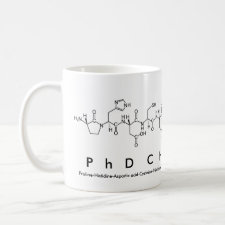
Authors: He MQ, Bao LL, Sun KY, Zhao DX, Xia JX, Li HM
Article Title: Synthesis of molecularly imprinted polypyrrole/titanium dioxide nanocomposites and its selective photocatalytic degradation of rhodamine B under visible light irradiation.
Publication date: 2014
Journal: eXPRESS Polymer Letters
Volume: 8
Issue: (11)
Page numbers: 850-861.
DOI: 10.3144/expresspolymlett.2014.86
Abstract: Highly selective molecularly imprinted nanocomposites MIPRhB-PPy/TiO2 were successfully prepared by surface molecular imprinting technique with rhodamine B (RhB) as template molecule. The prepared MIPRhB-PPy/TiO2 coated with a thin imprinted layer could respond to visible light. The static and dynamic binding experiments revealed that MIPRhB-PPy/TiO2 possessed strong affinity, high adsorption capacity and fast adsorption rate for RhB. The selectivity experiments indicated that MIPRhB-PPy/TiO2 had excellent recognition selectivity for RhB. Selective photocatalytic degradation experiments indicated that the apparent rate constant (k) for the photodegradation of RhB over MIPRhB-PPy/TiO2 is 0.0158 min–1, being 3.6 times of that over non-imprinted nanocomposites NIP-PPy/TiO2 (0.0044 min–1). Compared with the NIP-PPy/TiO2, MIPRhB-PPy/TiO2 showed higher photocatalytic selectivity toward RhB under visible light, which was attributed the introduction of the imprinted cavities on the surface of MIPRhB-PPy/TiO2. Moreover, MIPRhB-PPy/TiO2 exhibited high reusability and stability. The results indicate that molecularly imprinted nanocomposites MIPRhB-PPy/TiO2 have a promising perspective in industrial wastewater treatment.
Template and target information: rhodamine B, RhB
Author keywords: nanocomposites, Photodegradation, selectivity, molecular imprinting, Rhodamine B



Join the Society for Molecular Imprinting

New items RSS feed
Sign-up for e-mail updates:
Choose between receiving an occasional newsletter or more frequent e-mail alerts.
Click here to go to the sign-up page.
Is your name elemental or peptidic? Enter your name and find out by clicking either of the buttons below!
Other products you may like:
 MIPdatabase
MIPdatabase









